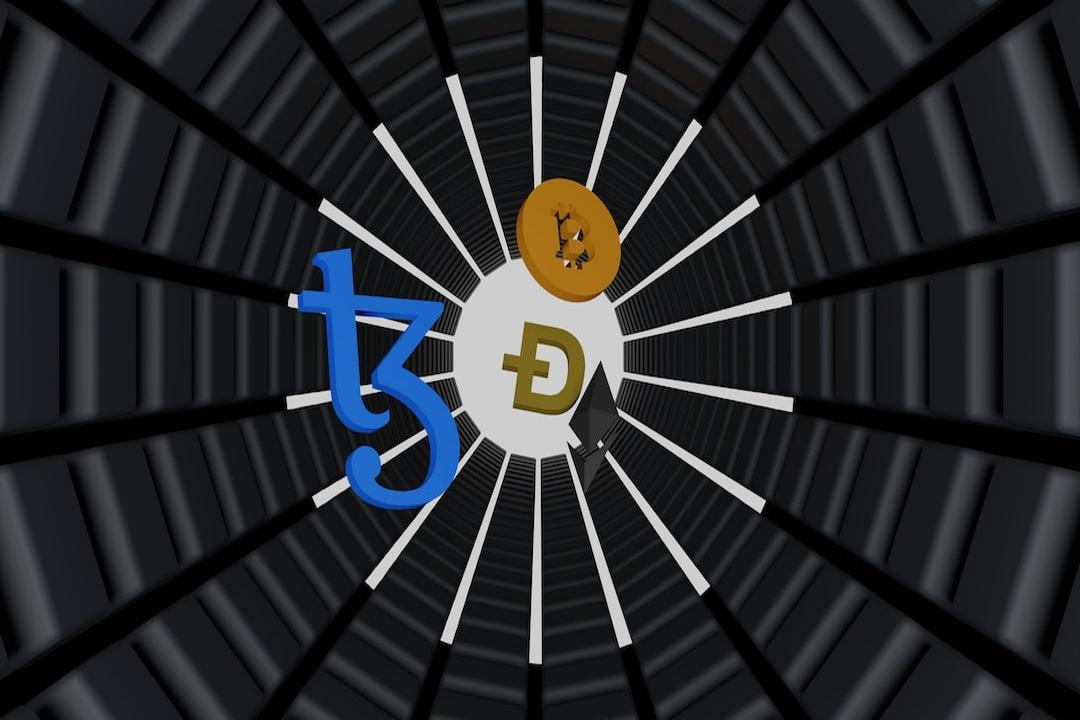Following the recent Bitcoin halving event, miners are facing a tough situation with reduced rewards and soaring costs. The question now is, can innovative strategies and market dynamics help them remain profitable in this post-halving world?
The Bitcoin halving occurs approximately every four years and results in a decrease in the block rewards that miners receive for adding new blocks to the blockchain. The most recent halving, which took place in April 2024, reduced the block reward from 6.25 BTC to 3.125 BTC.
This event, which is essential to Bitcoin’s deflationary nature, has a significant impact on the supply of new Bitcoins and has ripple effects throughout the Bitcoin mining industry and the wider crypto market. It brings a mix of challenges and opportunities that miners must navigate.
One of the immediate challenges for miners post-halving is the reduction in rewards, which directly affects their profit margins. With fewer coins being received for their efforts, miners are feeling the pinch. This has led to smaller and less profitable mining operations either closing down or consolidating with larger players, potentially leading to a more centralized Bitcoin network.
In order to remain profitable, miners need Bitcoin prices to be high enough to justify the significant energy costs associated with mining. A drop in Bitcoin prices can quickly push miners into losses, forcing less efficient miners out of the market and reshaping the mining sector.
Increased competition among miners post-halving means that those with more efficient operations, access to cheaper energy sources, or economies of scale have a competitive advantage. This pressure may lead less efficient miners to optimize their operations or look for alternative cryptocurrencies to mine.
To adapt to these challenges, experts suggest strategies such as jurisdictional arbitrage, diversification, and adaptation. Jurisdictional arbitrage, taking advantage of regulatory differences between countries, can help miners optimize their operations. Diversification into other cryptocurrencies, offering additional services, or exploring renewable energy projects can also enhance profitability and resilience.
The introduction of spot Bitcoin ETFs is seen as a potential game-changer in market dynamics, attracting institutional investors and potentially reducing volatility in the Bitcoin market. This increased accessibility and legitimacy could lead to better prices and profit margins for miners.
The Runes protocol, launched on the Bitcoin network post-halving, has provided some relief for miners by increasing transaction volume and revenue. However, the long-term impact remains to be seen as transaction numbers have started to decline.
Looking ahead, predicting Bitcoin’s price trajectory post-halving involves analyzing various market trends and factors. While some experts anticipate continued growth driven by adoption and technological advancements, others warn of potential pitfalls. Despite the challenges, the long-term outlook for Bitcoin and the mining ecosystem remains optimistic, with some experts predicting Bitcoin to reach close to $100,000 by 2025.

